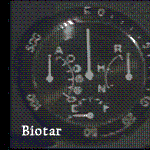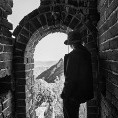Summicron 75mm versus CV 75mm-Sean Reid's new review
-
Recently Browsing 0 members
- No registered users viewing this page.
-
Similar Content
-
- 2 replies
- 319 views
-
- 14 replies
- 1,296 views
-
- 82 replies
- 13,954 views
-
- 17 replies
- 1,159 views
-
- 6 replies
- 1,163 views
-




Recommended Posts
Join the conversation
You can post now and register later. If you have an account, sign in now to post with your account.
Note: Your post will require moderator approval before it will be visible.